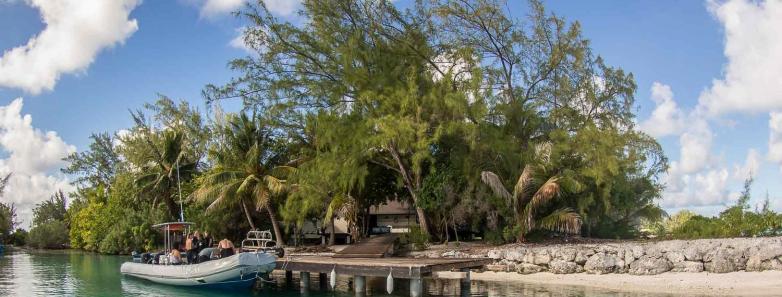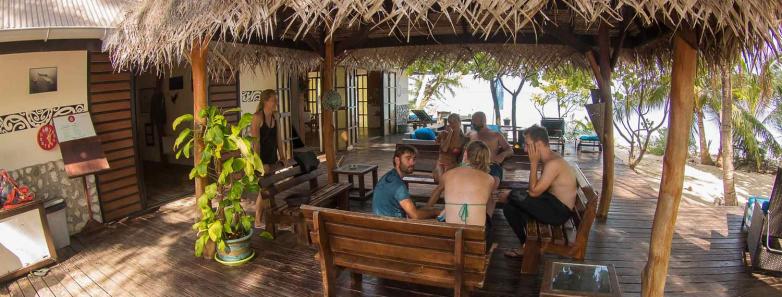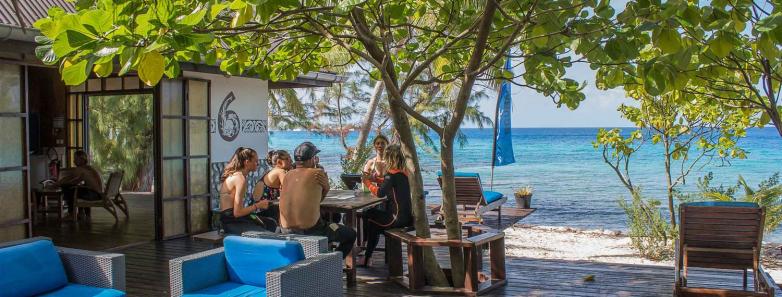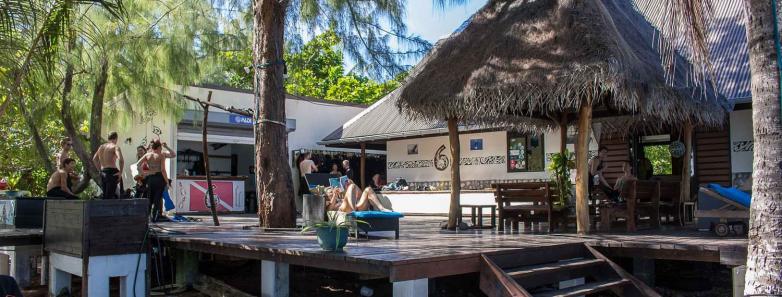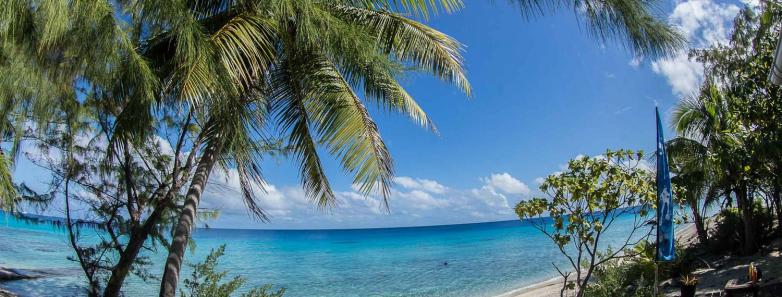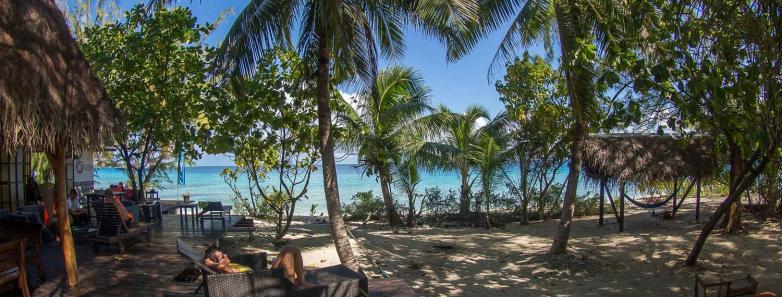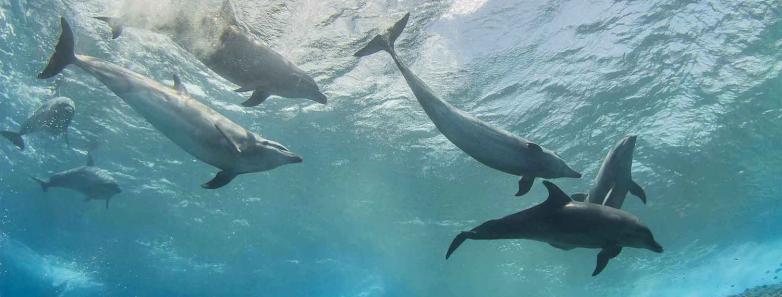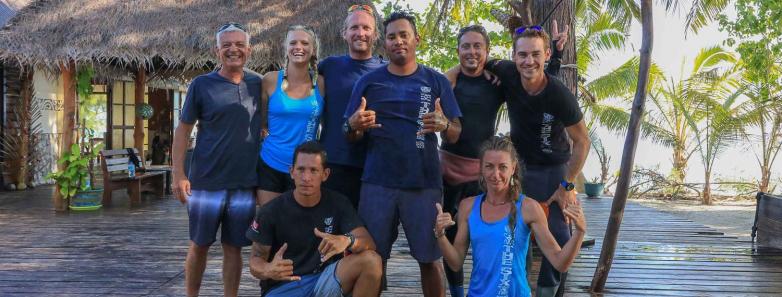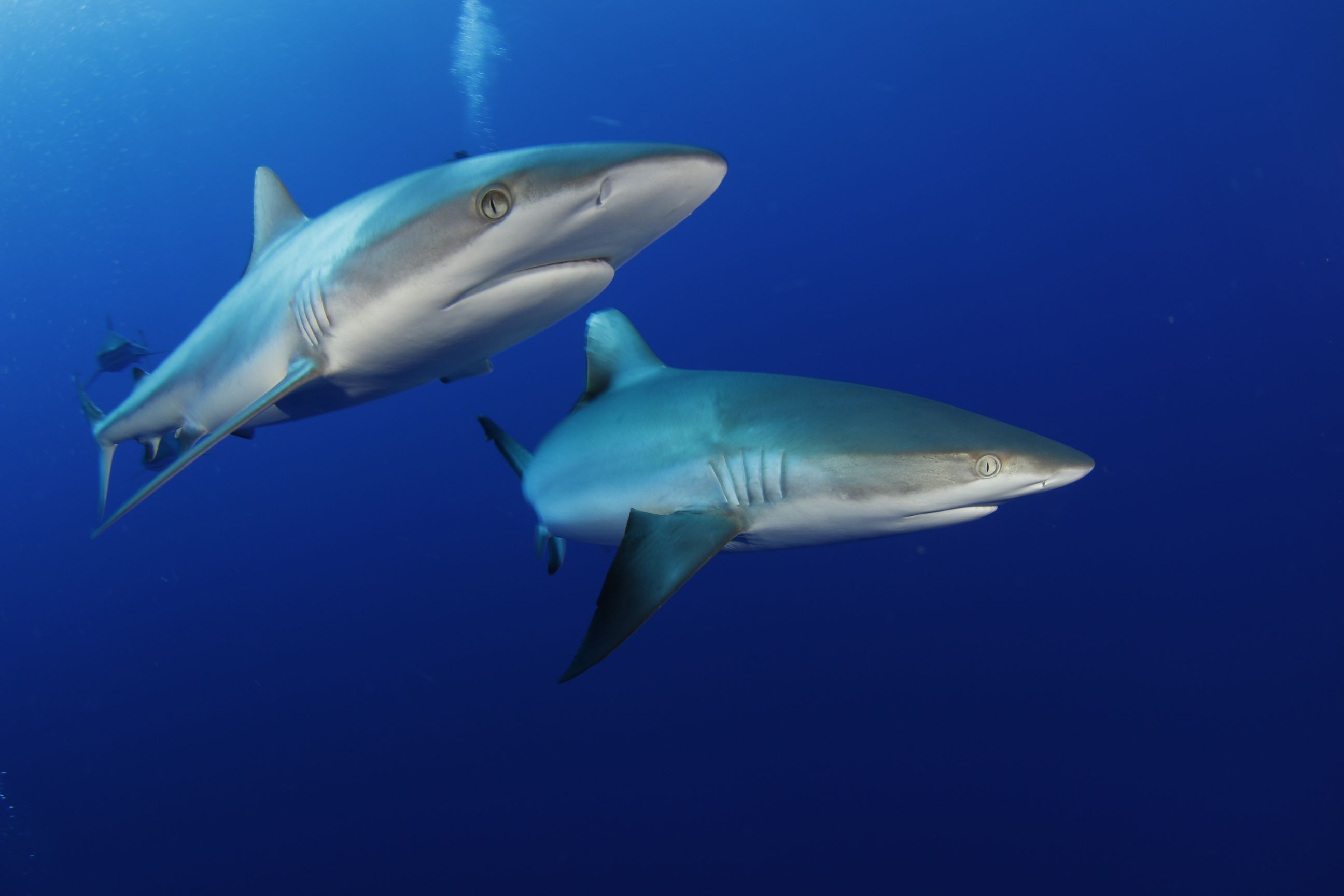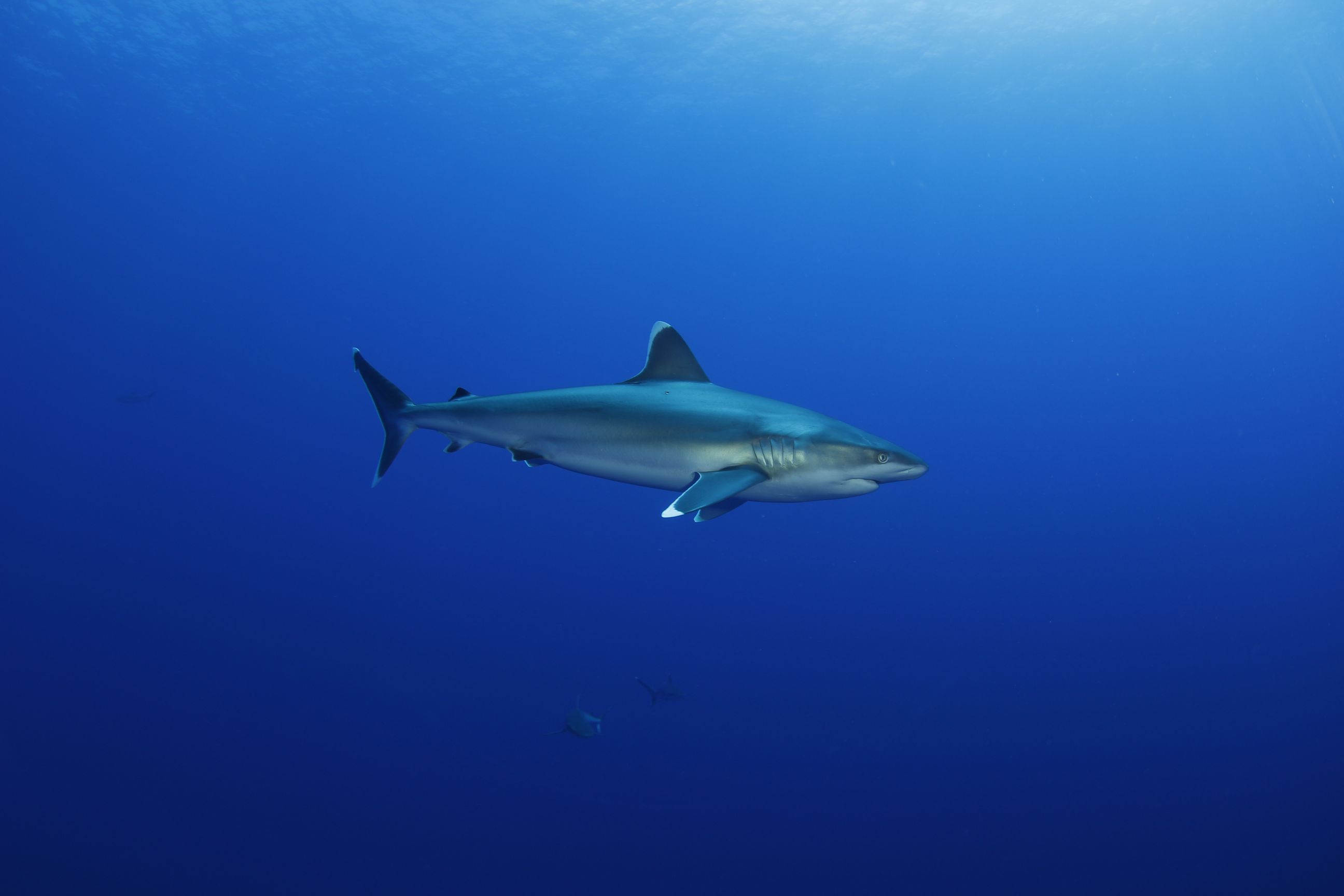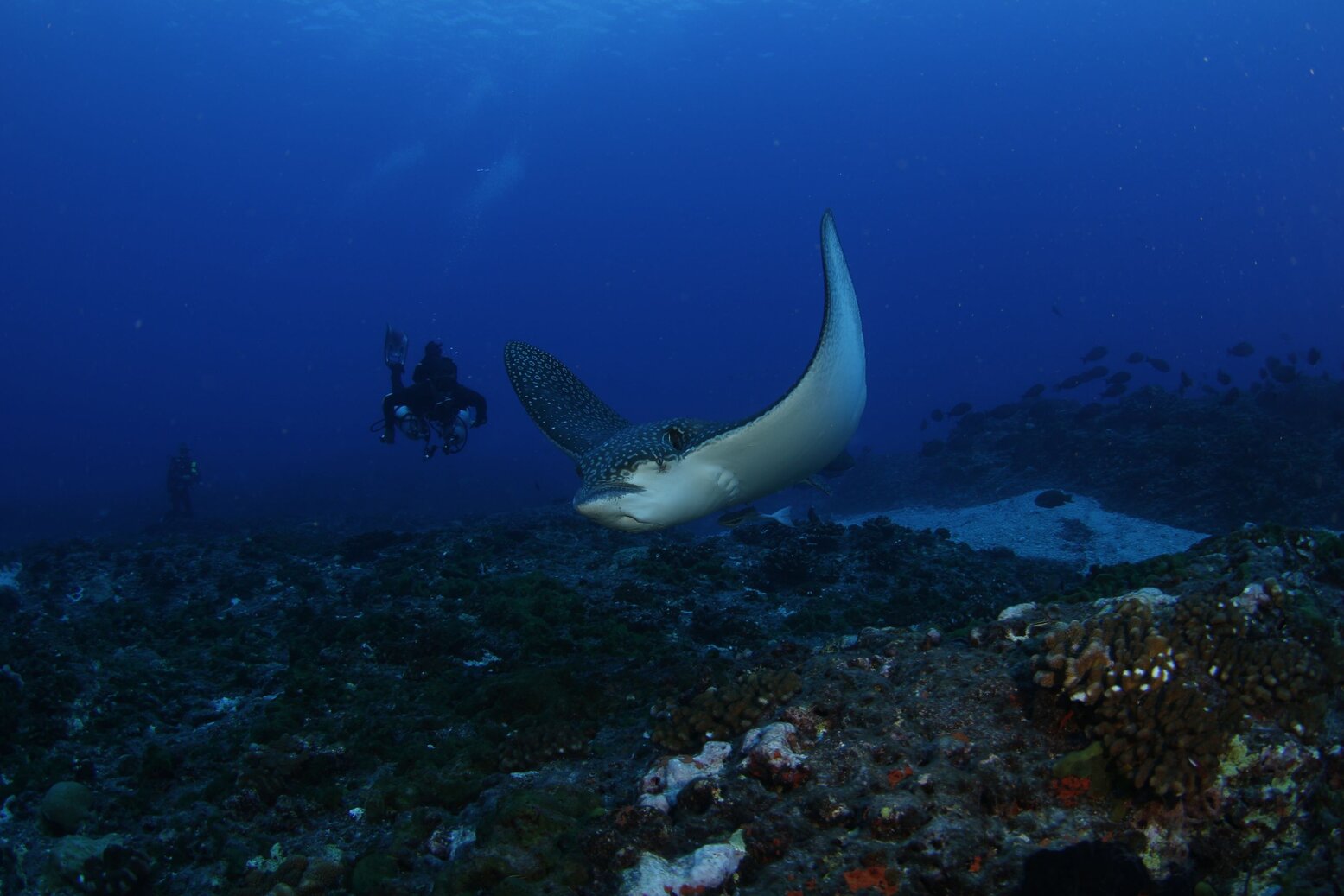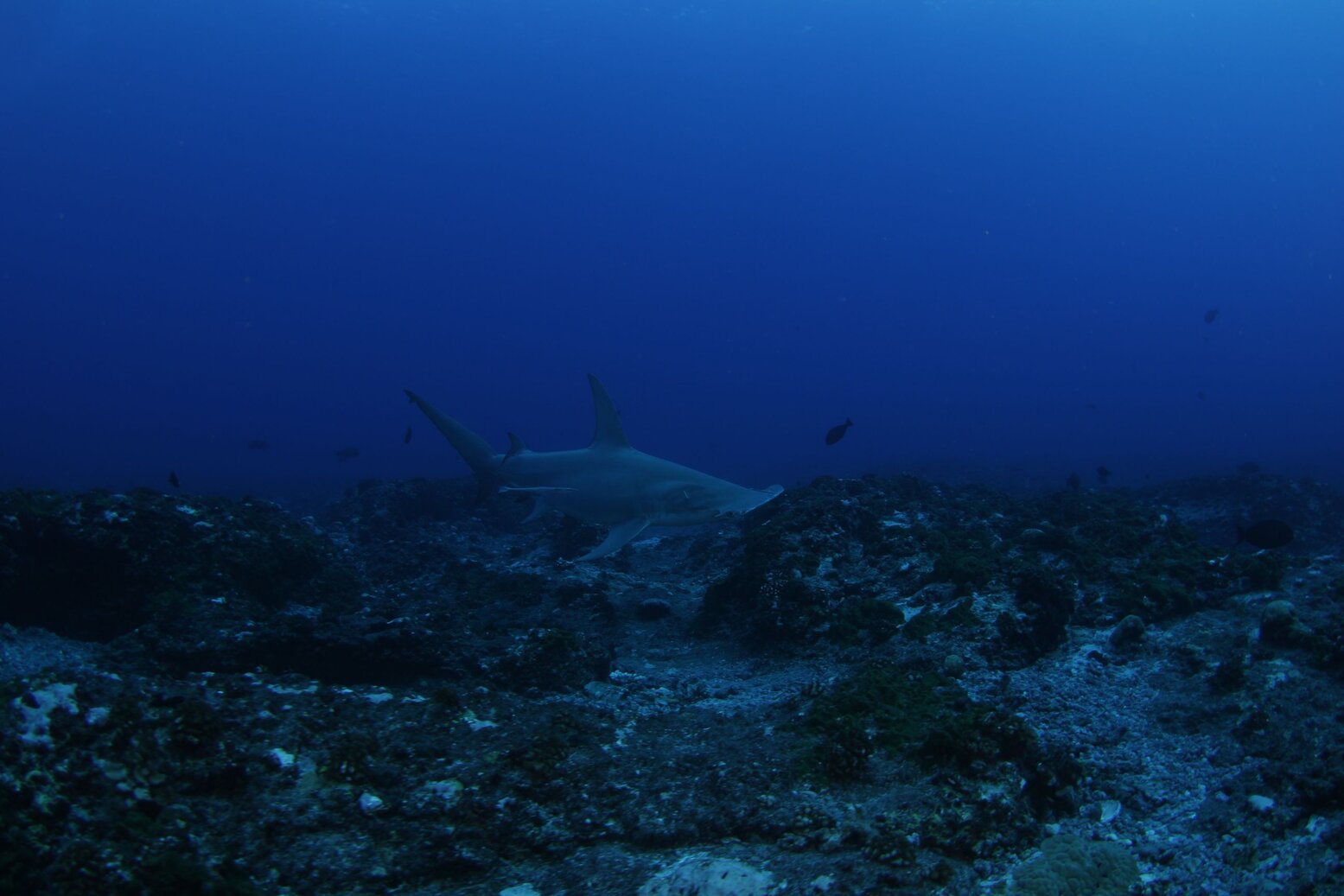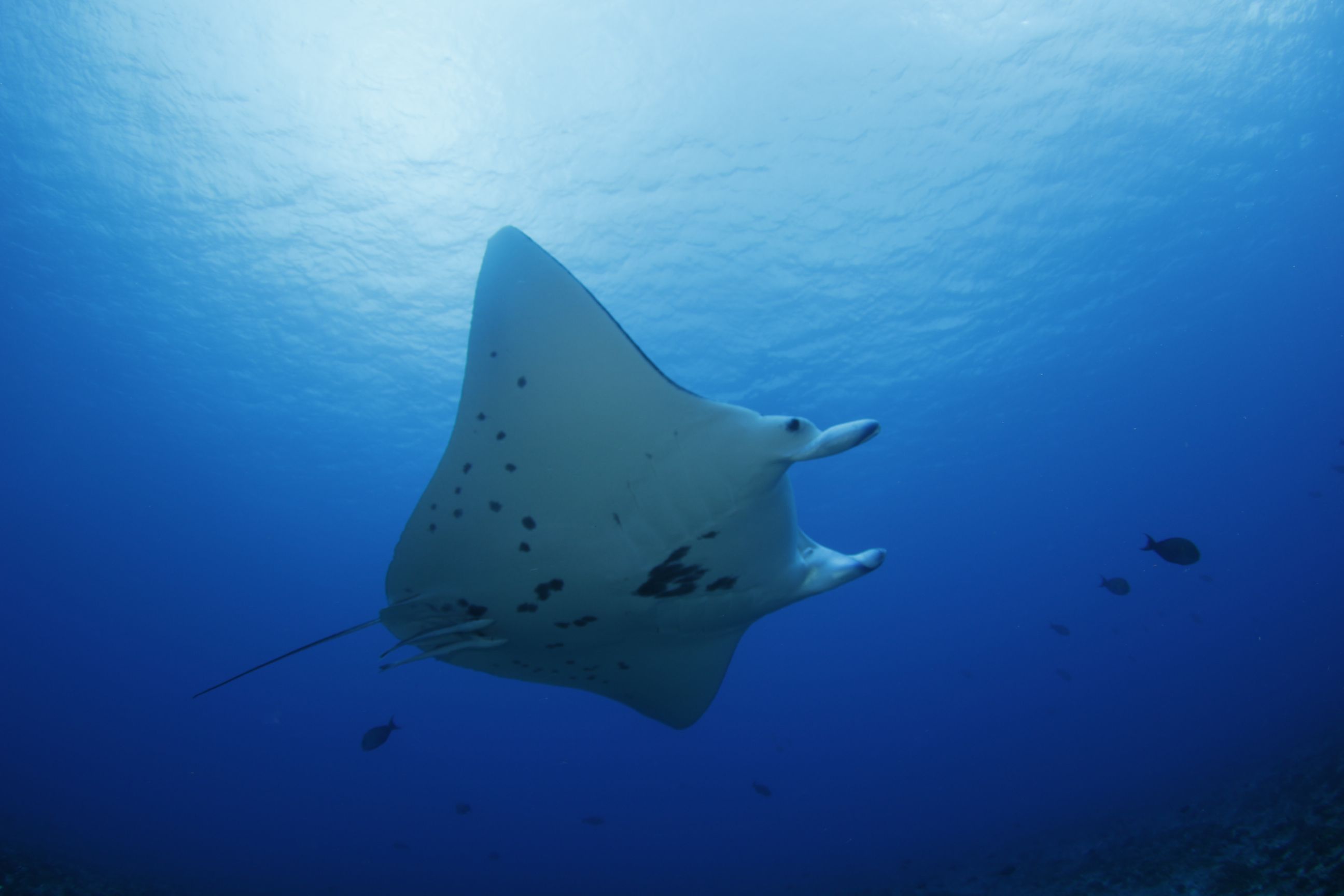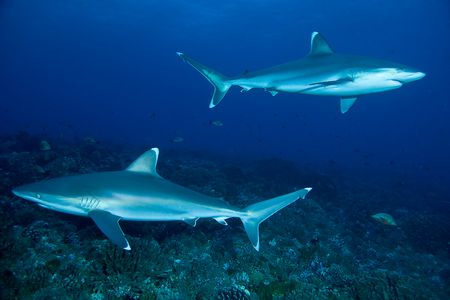Destination: French Polynesia
Locations: Motu Paio, Maherehonae, The Rifts | Price Varies p.p.p.n
The 6 Passengers Quick Pitch
The 6 Passengers offers the best of Rangiroa diving, facilitating grand exploration of the idyllic French Polynesian waters. Staff experience and enthusiasm ensures that each dive adventure is memorable, safe and exciting.
The 6 Passengers Features
- A large surface base built in accordance with the latest construction norms and fitting in perfectly with the desire to blend with the surroundings
- The dive center is an eco-center, with solar panels supplying electricity, water supply from rain catchment
- A relaxing lounge & clubhouse and a video room
- Dive shop
- White sand beach with relax chairs & sundeck
- Snack-bar and restaurant nearby
- Nitrox available
- Diving policy: THE 6 PASSENGERS, “Only Six On Board!”
- Dives are filmed in HD by a professional, with viewing after the dive
Pricing
Varies, depending on the type of package. Contact us for more information.
How to Get There
Most visitors to French Polynesia arrive at Faa'a International Airport in Tahiti, the only international Airport in French Polynesia. You can then take another flight to your dive destination. The 6 Passengers diving center is located near the Kia ora village hotel on the beach of ‘Ohutu Bay. They can pick you up from where you are staying and take you to the center.
Dive Overview
Its stunning underwater diversity makes French Polynesia one of the best diving destinations in the world, boasting colorful tropical fish, manta rays, and an array of sharks. Consisting of 118 incredible islands and atolls that host many varied dive sites, French Polynesia provides adventure for both the most and least experienced scuba divers, offering a special experience for everyone.
Dive Options & Rates
Options:
Tiputa Pass (Inward Current) - Tiputa Pass (Outward Current)
Avatoru Pass (Inward Current) - Avatoru Pass (Outward Current)
The Tiputa Pass (Inward Flowing Current)
- The Sharks' Cavern: This dive, starting at the right angle right out of the pass can be considered as accessible to all levels although recommended to experienced divers for it requires that you be well-balanced and feel like a fish in water. The cavern owes its name to a cavity down at 115 feet. Against every expectation, there are no sharks in it and divers actually have to stay in the cavern so that gray reef sharks come as close to us as possible. To put it clearly, the sharks are those who are afraid of us and we must stay quiet and idle if we want sharks to fight their natural fear and then come closer to us. After a ten minute stay there we will plunge from the angle into the pass and the current will lead us into the interior of the lagoon. During the drifting in the pass, we will glance at little grottos, full of colors and little animals. Towards the end of the diving, we will slither in the calm waters of the lagoon in which we will decompress slowly and in all safety. Even though level 1 divers cannot reach the cavern at 115 feet deep, we can tell you that you will get a lot of fun and emotions.
- The Canyons: The first part of the diving is similar to the latter but once in the pass, roughly half-way, we will swerve to the middle of the pass and stop at every canyon – hence the name of this dive – The canyons cross the pass in its width. This dive is intended for more experienced divers because, except a few times, we are right in the middle of the pass where the current is the strongest.
- The dive is particularly nice in June, during the reproduction time of gray reef sharks. They gather by hundreds in the canyons and you can even watch some big S. Mokarran, those great hammerhead sharks!
- The Run: This dive is for the most experienced divers. It starts in the ocean, smacks dab at the mouth of the pass. One can do it in January, February and March during the great hammerhead shark season, the S. Mokarran season, at between 148 feet and 180 feet deep. At this time of the year, there are often great schools of stingrays seeking for unison to challenge the attacks of starving great hammerheads. "There are so many of us so why choose me especially?!" The dive ends in the interior of the lagoon too.
- The Crossing: This is a dive perfect for the most experienced divers. It starts in deep blue waters off the right angle of the pass' entrance. So, as the name of the dive suggests it, the main purpose of this dive is to do the crossing of the pass with the inward flowing current from one side to the other. You need to stay quite deep below because the current is actually always much stronger at the surface. There are some 164 feet below the surface at the deepest and it can be said that this is the best opportunity to watch schools of gray reef sharks. Once you have crossed the pass you will find yourself roughly at the sharks' cavern. From there, we will begin drifting with the current into the lagoon.
The Tiputa Pass (Outward Current)
- The Windmill: The dive starts on the oceanic reef slope at about 383 yards from the angle of the pass' entrance, far from the outward flowing current and drawing close the angle, which is the opening of the pass too. During the diving, the reef is on the left-hand side and the blue on the right-hand side. Maximum depth is 82 to 85 feet. This dive is open to any certified diver and is the occasion to encounter wonderful species like dolphins, manta rays, stingrays, tuna, humphead wrasses, sea turtles...
- The BLUE: The dive starts at the same point as the Windmill but we will be swimming at 328 yards from the reef slope. Right in the blue with an average of 820 feet below our fins. The main purpose of this dive is to meet with Albimarginatus in the blue and, with a stroke of luck, with nice silky sharks. We will be diving down to 50 feet and once the group of divers has all stabilized at the same depth the seaman will throw out fish bait to attract our friends. They won't be long to come up and praise the intrepid photographers! We will stay there about 15 minutes before coming back towards the reef to end the dive just like the end of the Windmill, all in maximum safety.
- The Half-Windmill: This is a 160 yard away dive from the entrance of the pass and away from the outward flowing current too. The proximity of the pass allows for a game of counter-currents and to make it possible to get into the pass and go alongside the reef, and see all the little life-sprawling grottos on the way. Please remind that this dive is open to any certified diver and one can enjoy the same encounters that the other dives above, all in colors.
- The Angle: As the name suggests it, this dive starts right near the angle of the pass. This dive is open to any certified diver and is ideal to make great discoveries even if this is even greater for more experienced divers for whom the main purpose will be to go down to the bottom at around 150 feet to observe the frequent coming and going of some mantas, a squadron of gray reef sharks, stingrays flying by or simply schools of yellow ludjans or even a big hammerhead shark. All of that depending on the moment and the season. Knowing that level 1 certified divers cannot reach this depth, they can stop at 80 feet and have a breathtaking overview of it and even get lost in a dazzling school of striped barracudas.
Avatoru Pass (Inward Flowing Current)
- The small pass: For experienced divers particularly. The Avatoru pass breaks into two channels separated by a little islet at the entrance of the lagoon. The one on the left, quite wide and not really interesting from a scuba diving point of view and the one on the right, much smaller and rightfully dubbed the little pass.
- Our dive starts roughly in the middle of the pass on the right side when looking towards the lagoon and we then drift in the current into the narrowest part of the pass.
- The difficulty is not so much about the depth but rather about the fairly strong unsteady current – in general, the stream is always stronger in a narrow passage than in a
- wide one, given that the quantity of water that must go through in the same space of time is still the same. The purpose of this dive is to see the wonderful little grottos open in the very flank of the reef, especially when entering the lagoon.
- This is undoubtedly the most colorful dive experience, watching manta rays feeding themselves against the current and white tip sharks resting and quietly getting oxygen in the grottos.
- The dive ends in the calm waters of the lagoon.
Avatoru Pass (Outward Flowing Current)
- Avatoru right side: For all levels. The dive starts on the ocean-side reef slope some 160 yards away from the right angle of the pass, when looking towards the ocean. There are two curiosities: The big white tip reef sharks (C.Albimarginatus) and a large school of horse-eye jackfish.
- The Avatoru pass is less deep than the Tiputa one and is oriented slightly differently from the flowing current, which means that we can thus enter the pass much more easily in spite of the outward flowing current.
- This diving session will consist of making a big circle around and right at the pass to finish almost at the ocean-side reef slope with the outward flowing current in all safety.
Schedule
- > 6 Passengers propose 4 timetables daily to dive (pick up times at the pension/hotel):
- - 2 in the morning 7:30am and 9:30am
- - 2 in the afternoon 2:00pm and 4:00pm (for the 4:00pm dive we need at least 3 divers to open it).
- > You can do 3 dives per day maximum.
- > We come back between each dive, to have a coffee or tea, and briefing for the next dive.
- > When people do the morning and afternoon dives, You have the possibility to eat at the center (pizzas and French/ Polynesian food delivered directly at the center)
Rates & Availability
Rates are in French Pacific Franc (XPF). For more information on rates, availability and to book, drop us an email at info@bluewaterdivetravel.com or call us today at 310-915-6677. We will gladly help you plan your dream vacation!
Diving Rates
The rates for dives include Tank, Bcd, Regulator, Fins and mask, Wet suit & Weight. 5% VAT included. Valid from January 1st to December 31th 2019.
Package/Service | Rate |
Snorkeling: 2h eco-tour (2 pax minimum) | 6,300 xpf |
Snorkeling private boat (from 1 to 8 pax) | 50,400 xpf |
First immersion lagoon (Minimum age 8 years) | 9,900 xpf |
Certification dive*/ Refresh dive *An average of 5 to 8 dives is necessary for certification level. For certification you have to had 12 000 xpf tax included for certification card (PADI or ANMP & CMAS) | 9,300 xpf |
1 to 4 exploration dives | 8,400 xpf per dive |
5 to 9 exploration dives | 7,700 xpf per dive |
10 to 19 exploration dives | 7,200 xpf per dive |
20 or + exploration dives | 7,000 xpf per dive |
Private dive (from 1 to 5 pax) | 41,000 xpf |
Private boat (from 1 to 5 pax) | 82,000 xpf |
NITROX add (12l) | 1,700 xpf per dive |
NITROX add (15l) | 2,000 xpf per dive |
TE MOANA Pass inter-islands - 10 exploration dives You can use it in 13 dive centers across 9 islands and atolls in French Polynesia. Package can be shared with your buddy. | 72,000 xpf |
Other Information
Practical Information
- Credit Cards Accepted: Yes (Visa/MasterCard/American Express)
- International Airport: Faa'a International Airport
- Language: French, Tahitian, English, German, Japanese, Italian, Spanish
- Time Zone: GMT-10
- Electricity: 220Volts - 60Hz
Got Questions? Ready to Book?
Call us today at 310-915-6677 or email us info@bluewaterdivetravel.com
And let us book your dream vacation!
Underwater Gallery

